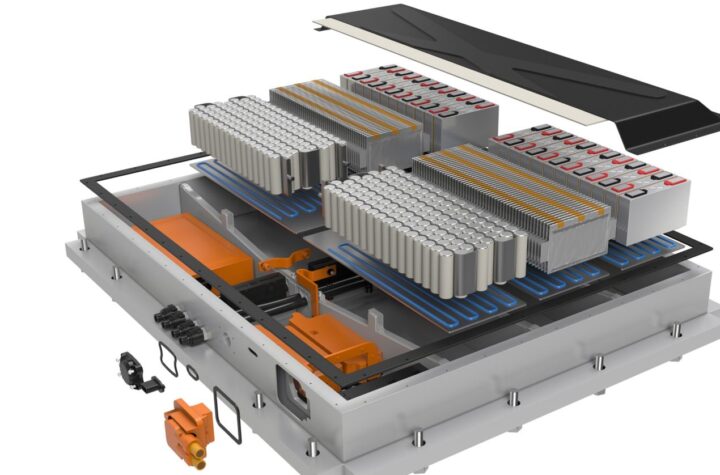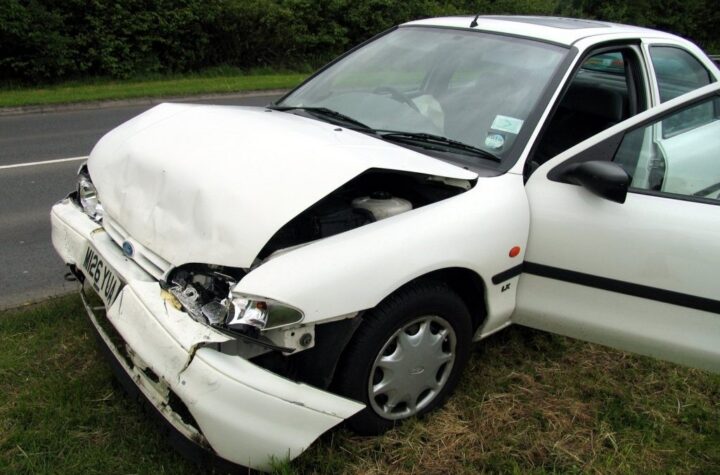
In advance of the 2009 edition of the IAA International Motor Show in Frankfurt (Germany), Delphi Corporation, a leading global automotive supplier, highlights ‘safe’ technologies that will equip the car of the future. Improving safety has always been one of the main concerns of the automotive industry, and suppliers are instrumental in developing innovative solutions that enhance safety. While major safety improvements have been made in the past decade, additional innovation can continue to reduce the number of accidents that occur. Understanding and anticipating traffic conditions and road hazards is key to this goal. Active safety systems are designed to help reduce the risk of an accident occurring. By communicating at speeds far greater than human reaction time, these systems may soon be able to coordinate action taken between vehicle systems to mitigate crashes, as well as communicate with other vehicles to avoid them altogether. For further information on any of the technologies mentioned below, interviews with Delphi subject matter experts can be scheduled upon request.
– Safety Security Telematics – Using an embedded phone with GPS and a connection to a telematics service provider, not only can vehicle safety be enhanced, but so can road safety. With an “electronic sub-system” in the car, drivers can be apprised of road hazards, local emergencies, and even alerted of potential car theft. Systems on the road today automatically call for assistance in the event of an accident and future systems are being designed to take advantage of vehicle-to-vehicle infrastructure and vehicle-to-vehicle communication to further enhance safety.
Expected on the roads : Safety Security Telematics systems are currently on the road. More advanced systems may be available as early as 2012. The European Union recently announced that it could force car manufacturers to install what is called an eCall system into new European cars by 2014.
– Adaptive Cruise Control (ACC) – Delphi’s ACC system uses a precision, long-range radar to detect forward traffic up to 200 meters ahead. Using the vehicle’s braking and throttle systems, ACC automatically adjusts speed to maintain a driver-specified headway-gap (following distance) from the vehicle ahead. When equipped with the Stop & Go feature, the system provides speed control down to a complete stop, expanding ACC operation for high-congestion, urban traffic situations. The same long-range radar can also serve as the platform for other safety systems such as forward collision warning and pre-crash sensing.
Expected on the roads : Radar-based adaptive Cruise Control has been available on premium vehicles since 1999, and has extended into lower cost vehicles as the technology has matured.
– First Multimode Electronically-Scanning Automotive Radar – The new multimode electronically-scanning radar (ESR) developed by Delphi uses proven solid state technology with no moving parts and provides improved performance, packaging and durability at a price that will help make radar-based convenience and safety systems affordable in the high-volume automotive market. Today’s adaptive cruise control systems use multiple beam radars with either mechanical scanning or several fixed overlapping beams to achieve the required coverage. Electronic scanning systems will provide a substantially superior solution because they combine exceptional performance with durability and compact dimensions. Electronic scanning systems have been used by the military for some time, but until now, they have been too expensive for automotive use. Delphi’s breakthrough radar can provide both mid- and long-range detection simultaneously and is being produced using processes that are already well established for high-volume manufacture of engine control units. By providing both detection zones with one sensor, the need for multiple sensors is eliminated.
Expected on the roads : First automotive application was recently launched on the 2010 Ford Taurus. Other 2010 model year launches will follow in North America and Europe.
– Active Safety Systems with pedestrian detection and full braking power – Delphi’s latest technology takes active safety to the next level with features like collision warning, full automatic braking power, pedestrian detection and lane departure warning. At the heart of these systems are Delphi’s innovative vision and radar sensors.
Using unique data fusion algorithms that combine inputs from the sensors, the system warns drivers of an imminent collision with a pedestrian or vehicle and automatically brakes if the driver is not able.
Expected on the roads: First introduction planned in the 2010 Volvo S60.
– Pre-crash Sensing – Delphi’s pre-crash sensing system helps enhance vehicle safety by providing advanced driver warning of potential collisions, or reducing the severity of unavoidable frontal collisions. Precision radar sensors, coupled on some models with optional vision fusion capability, scan and track objects in the forward view. Equipped with algorithms designed to assess an impending accident, these systems analyze the situation, and determine when to warn the driver and when to actuate autonomous safety measures. These measures include brake assist, automatic braking and pretensioning safety belts to remove seat belt slack and better position the occupant for a collision.
Expected on the roads : This Delphi technology has been on the road since 2007 and is expected to become more widely available as active safety systems proliferate throughout the vehicle market.
– Side Alert / Merge Assist – Motorists changing lanes and making turns face challenges from blind spots at the sides of their vehicles. While vehicle designers are working to eliminate these blind spots, Delphi’s active safety technologies can help mitigate their potential impact today. If a vehicle is detected in a side blind spot, Side Alert can help drivers avoid a lane change accident by providing an illuminated visual indication in the side mirror. When the turn signal is activated to signal a lane change, the driver also receives an audible alert.
Expected on the roads : Initial Delphi production systems monitored adjacent-lane blind spots and have been available on commercial vehicles since 2003, Next generation systems, scheduled to launch in 2011, will have a longer coverage area and monitor for rear-crossing traffic when backing out of parking spaces or alleys.
– Intelligent Forward View Camera – Delphi’s high-performance camera and intelligent image processing techniques provide robust sensing and tracking for safety and convenience functions. Replacing standalone sensors with a single high-performance camera, the system has a scalable architecture that can support multiple functions including lane departure warning, advanced headlamp control, road sign recognition, pedestrian detection and rain sensing all in the same package.
Expected on the roads : Initial Delphi vision systems have been on the road since 2007, and the use of these systems is expected to expand as governments consider new car “star” ratings for active safety features in the future.
Innovation for the Real World
Delphi brings the power of innovation to a wide range of products and services that add value for car makers and car drivers alike. From vehicle components and systems to medical devices and beyond, Delphi delivers real-world innovations that help make products smarter, safer, more powerful, and much more valuable.












More Stories
DuPont materials science advances next generation of EV batteries at The Battery Show
How a Truck Driver Can Avoid Mistakes That Lead to Truck Accidents
Car Crash Types Explained: From Rear-End to Head-On Collisions